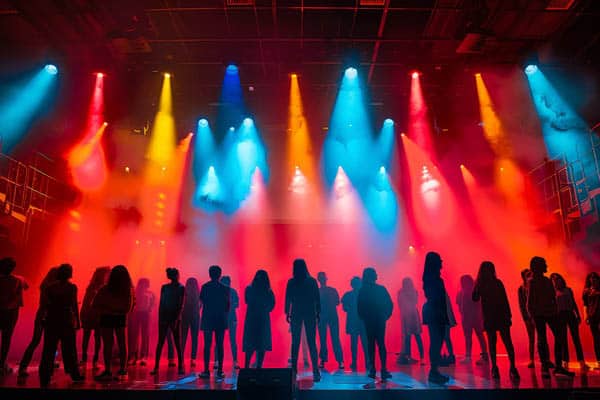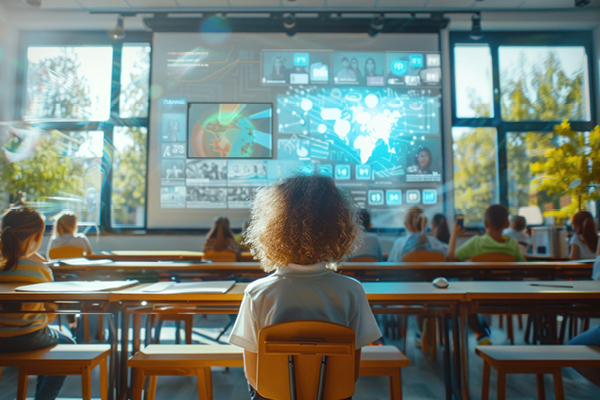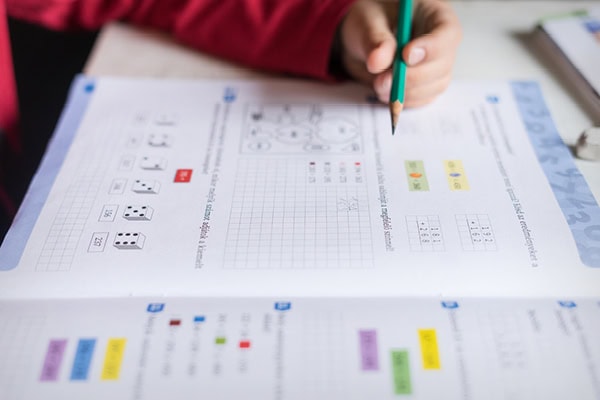When Michele Hillen-Noufer started NorCal Arts, a Sacramento-based arts education organization in 2020, she was hoping to bring theatre’s transformative emotional power to young people, according to an article in EdSource. The organization works with about 10,400 students in the Sacramento region, including the Sacramento City Unified School District, Folsom Cordova Unified School District, the Elk Grove Unified School District and the Washington Unified School District.
She never thought acting classes might also help prevent acts of violence in the age of school shootings and CEO assassinations. Then she received a $600,000 grant from the Center for Prevention Programs and Partnerships at the U.S. Department of Homeland Security, to teach conflict resolution skills that can de-escalate a violent atmosphere. Now her theater arts program goes beyond song and dance to teach social-emotional learning at a time when student misbehavior has skyrocketed and suicide is rising among young adults.
“Theater is a profound tool for violence prevention because it fosters empathy, emotional literacy and healing,” says Allison Gamlen, visual and performing arts coordinator for the San Mateo County (CA) Office of Education. “Through storytelling and role-playing, students activate their mirror neurons, the part of the brain that helps us feel what others feel, allowing them to truly step into another person’s shoes. Theater gives young people a safe space to explore challenging situations, process emotions, and even experiment with different outcomes. By embodying characters and committing to their circumstances, students learn to understand and navigate complex emotions — both their own and others’.”
“You’ll never know if somehow the work we’re doing prevented a school shooter, but to do theater you have to collaborate, to express emotions,” says Hillen-Noufer. “You have to step into someone else’s shoes, connect with your peers, make eye contact.”
Combating a sense of disaffection is key to teaching theater as a form of conflict resolution. Hillen-Noufer’s group has brought this program to roughly 400 classrooms across the Sacramento region. Students tap into theater skills to build empathy and manage disagreements, something many adults have trouble with in today’s polarized world.
“Think about a student in the classroom who feels rejected,” says Hillen-Noufer. “They don’t feel a sense of belonging. And they go online, and then they start to feel more isolated. And then they get radicalized to violence. The next thing you know, you’ve got your school shooter.”
Critical thinking skills often abandon students when emotions run high. “We are all boiling kettles right now, so it’s easy to fly off the handle,” says Hillen-Noufer. “Theater can help give kids tools to calm down and look inward.”
“The dopamine released during the creative play of theater also plays a critical role in healing trauma, as it creates a sense of joy, safety and reward, rewiring the brain toward resilience,” says Gamlen. “This process not only supports individual healing but also strengthens the capacity for compassion and connection, building a foundation for healthier, more empathetic communities.”
EdSource





